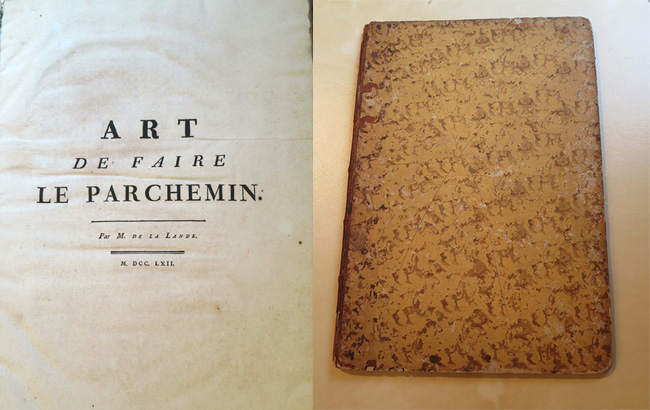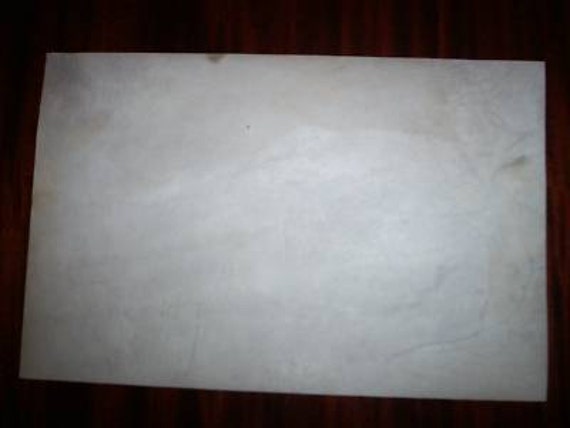

Some medieval and early modern sources refer to the parchment as abortivum or charta non nata (meaning “unborn sheet”), suggesting that it was made from the skin of miscarried or aborted fetal calves. Approximately 2,000 pocket bibles still exist today, the majority of them, about 54%, of French manufacture.Ĭodicologists, people who study the physical object of the book, have long debated how uterine vellum was made. The economic woes and turmoil of the 14th century ended the pocket bible boom and soon the technology used to make the ultra-thin parchment, which had been kept hush-hush by producers keen to keep their lucrative trade secrets secret, was forgotten. Without pages a fraction of a millimeter thick, the pocket bibles of the 13th century could not have existed. Each page was made of a tissue-thin parchment known as uterine vellum, the key to the books’ portability. The script was tiny, with each letter a mere two millimeters high, and of course written painstakingly by hand. The first pocket bibles were pandects (single-volume bibles) and were consistently organized which made them easy to scan for a particular passage, a handy tool for the student and itinerant preacher. The university centers of Paris, Bologna and Oxford were the main production centers.

Between around 12, at least 20,000 and possibly as many as 30,000 portable bibles were produced, most of them in Paris, but also elsewhere in France, plus England, Italy and Spain. Both groups needed bibles that were lightweight and easy to transport, a far cry from the large, thick-paged, multi-volume bibles common in scriptoria, libraries, churches and learning institutions. For a short window of about 80 years in the 13th century, small, portable bibles were produced on a large scale to satisfy the needs of the growing mendicant friar community and university students.


 0 kommentar(er)
0 kommentar(er)
